A complete guide to who controls Russian news.
Recent history of Russian media shows how the media system was preconditioned by the country's political development. In the 1990s, the Russian media system underwent major transformations following the collapse of the Soviet Union. The media were introduced to new realities: the market economy; the end of ideological control of the Communist Party; political pluralism; and the development of new public institutions.
Fascinated by the seemingly ideal Western model of the press, Russian media borrowed most of its characteristics: freedom of speech; private ownership of media outlets; similar legislation; distance from the state; public influence; and a watchdog role.
Journalism as a Social Institution
Still, development of the new Russian media system in the direction of the Western ideal was constrained by the deeply-rooted cultural and professional traditions of Russian journalism.
"For centuries, journalism as a social institution in Russia has been developing free from economic considerations, while the role of the economic regulator has been carried out by the state, which in turn secured the paternalistic foundation in journalism… [In the 1990s] the state, while liberating the economic activity in the media, was not ready to relax control over the content. This has produced practically unsolvable tension for the media themselves trying to function both as commercial enterprises and as institutions of the society."
The role of the state in the Russian media system has been and remains dominant.
After the new law on mass media was adopted in 1991, thus effectively establishing guarantees for independence of the media and freedom of speech, the first stage of privatization of the media market followed. In the early 1990s, as Russia was going through an acute financial crisis, state funding of the media was cut manifold, which, in turn, led to drastic cuts in circulation numbers and staff.
As some scholars note, a whole generation of Soviet journalists were forced to change profession. At the same time, numerous private media companies were created driven by the forces of the free market; many old media outlets were privatized, reformatted and repurposed.
Despite the fact that Russian political and social institutions underwent major formal changes during the transition period, there was no systemic change in the informal practices. As the new elites were fighting for redistribution of power and economic wealth, Russia's transformation reminded more of the "democratic civic masquerade" rather than presented real change. The "masquerade" could also be observed in the media system. The creation of formal procedures of interactions between the media and the state did not destroy traditional informal relations between journalists and officials.
As Russia acquired relative political and economic stability by the mid-1990s, the second stage of the media privatization began under President Boris Yeltsin's "polycentric" political model. This model was based on a balance of various power centers — oligarchs, industrial-financial groups, and regional state administrations.
During this period, Russian media enjoyed relative freedom and independence from the state. However, the new owners and managers of the media enterprises used them quite instrumentally: to manufacture favorable public opinion.
Both political and business elites saw the media as weapons to gain political capital. On various occasions, business elites would barter the loyalty of their privatized media for economic and political perks. As Boris Berezovsky, one of the owners of ORT (Public Russian Television, now renamed to Channel One) at the time, acknowledged: "[I] never got financial profits from ORT… political profits were endless, economic — none."
Kompromat Wars
At this point, the struggle among the elite clans was often reflected in the media in the form of "black" and "gray" PR, and kompromat wars. The elites seemed to recognize the advantages of the media in this struggle and aspired for converting them into concrete benefits and moves in the power play.
But the media could provide even more leverage for political purposes. Election campaigns — national, regional and local — would be impossible to win without the support of the press. The struggle for political power culminated in the 1996 presidential elections, in which President Yeltsin went to the runoff with the leader of the Russian Communist Party, Gennady Zyuganov. In this historical standoff, Yeltsin managed to win by a small margin.
Much of the credit for this victory was attributed to new liberal Russian media outlets that actively endorsed Yeltsin, despite his health problems and a much-publicized alcohol addiction. Among these outlets were NTV, Russia’s first independent TV-channel that was considered one of the most objective and highly professional television networks in 1994-96; and Kommersant, one of the first business dailies in Russia.
At the time, NTV was a part of MediaMost holding, owned by influential Russian oligarch Vladimir Gusinsky; and Kommersant daily belonged to another influential oligarch and advisor to President Yeltsin, Berezovsky.
Therefore, the media played a crucial role to drive public opinion in favor of Yeltsin and in his eventual victory.
Power Vertical
The third stage of the evolution of the media system in Russia started with Vladimir Putin’s rise to power in 2000. The new Russian president transformed the country’s political system from "polycentric" to "monocentric" under the slogan of increasing stability and security — the issues that brought him substantial public support. By building the so-called "power vertical," Putin eliminated all alternative political forces and established control over the government, parliament, judiciary, and media system to secure stability of the new regime.
In early 2000s, various state agencies took financial or managerial control of 70% of electronic media outlets, 80% of the regional press, and 20% of the national press. As a result, Russian media continued to be used as tools for political control. However, now these "tools" were no longer distributed among competing political parties and businesses, but remained concentrated in the hands of a closed political circle that swore loyalty to President Putin.
Overall, during this period the political discourse in Russia deteriorated, and the public debate in the media was either substituted by imitative forms or squeezed out from popular media outlets to publications with much smaller readership or the Internet.
Under pressure from the new Kremlin's elite, in 2001 Berezovsky was forced to sell his share of ORT to Roman Abramovich, another Russian oligarch, who claimed his loyalty to Putin.
The symbolic culmination of the new elite's war for media control was the Russian government's takeover of MediaMost holding (its most valuable asset was NTV) in 2002 by Gazprom Media — a subsidiary of Gazprom, the largest state-owned corporation in Russia.
At the same time, during this period, Russian media became an integral part of the world's media community following the process of global convergence and homogenization. "While the media was exercising its policies to make TV less politically engaged, the advertising and media business easily filled 'empty' niches of political programming with entertainment content."
Under the new conditions of the monocentric political system, it was a natural process: the state enjoyed the benefits of controlling political discourse, and the media welcomed financial inflow from the booming advertising industry in Russia.
One of the key characteristics of Russia's political system under Putin's rule is informal subjecting of legislative and judicial branches of power to the executive branch, controlled by the president. This hierarchy has helped to achieve his goal: to establish control over the entire political process, eliminate possible risks of competition, and restructure the system of checks and balances.
By silencing a group of powerful nonconforming businessmen, Putin sent a clear message to the business community to distance themselves from politics. In turn, he established control over corporate Russia. From now on, only those who complied with the Russian president's political line and demonstrated loyalty and support were allowed to continue their business as usual.
The state has learned to utilize a wide selection of political, economic and legal tools to put pressure on and intimidate the media. Some of them are: providing personal privileges or access to closed sources of information; preferential treatment for certain media outlets and journalists; acquiring state ownership in media outlets or establishing indirect control through ownership by private companies whose owners are loyal to the state; banning access to official events and press conferences; refusal to provide requested information; bringing lawsuits against media outlets and journalists on the grounds of defamation and libel; penalizing the media and suspending licenses; and using legal sanctions such as tax or customs legislation, fire safety and sanitary regulation.
The application of these techniques transformed the Russian media system into a restricted homogenous field, where only state-controlled media outlets were allowed to operate on the national scale. The regime allowed for limited operations of independent media (the press and Internet-based media) to absorb the protest mood.
Turning Up the Volume
The latest developments of the Russian media market signify the beginning of a new stage in its history: full-fledged crackdown and censorship.
RIA Novosti, the leading news agency, was the first to go down. Even though it is owned by the state, RIA was respected for its quality work and adherence to high professional standards, especially in Russia's repressive political environment.
However, the liberal approach to shaping the agenda that RIA took pride in was not appreciated in the Kremlin and, at some point, became a problem. To resolve it, in early December 2013, Putin signed a decree to incorporate RIA Novosti and another state-owned media outlet — Voice of Russia radio station — into a new media entity called Rossiya Segodnya (Russia Today). Dmitry Kiselev, a prominent pro-Kremlin TV anchor (who has recently pointed out that Russia is the only country capable of turning the US into "radioactive ash"), was appointed to lead the new corporation.
Only a month later, a blow was launched against Russia's only independent TV channel: Dozhd (TV Rain). During the 70th anniversary since the lifting of the Leningrad siege, the channel ran a poll among its viewers asking whether Leningrad should have been surrendered to save hundreds of thousands of lives.
As the patriotic narrative has been largely privatized by the Russian authorities and no free discussion of controversial issues is allowed, the poll caused a hysteria among the regime's propagandists, who condemned the channel as "crossing the red line." As a result, all major cable providers dropped TV Rain from their packages. Today, the channel faces a real threat of being shut down in weeks, if not days.
Finally, this March, as the Crimean crisis has been gaining momentum, Galina Timchenko, editor-in-chief of Lenta.ru, one of the leading and most respectful online outlets in Russia, was fired by Alexander Mamut, the owner and head of the Afisha-Rambler-SUP media holding.
The reason was the exclusive interview with Dmitri Yarosh, leader of the Right Sector, the Ukrainian nationalist political party, that was published on Lenta.ru as a part of its coverage of the Ukraine crisis. Apparently, by publishing this interview on the website, Timchenko had also "crossed the red line." A new editor, former leader of Vzglyad, a pro-Kremlin online outlet, was appointed instead. As a sign of protest against Timchenko’s unjust dismissal, two-thirds of Lenta.ru's journalists immediately resigned.
And only a day later, three websites critical of the Russian government — grani.ru, kasparov.ru and ej.ru — were banned as "containing incitement to illegal activity and participation in public events held in violation of the established order." A popular blog led by Alexey Navalny, a key member of the opposition to the Kremlin, was also banned.
It is clear that Putin's regime has passed the point of no return, as its disdain for the rule of law, freedom of speech and basic human rights are finally visible not only to journalists and activists, but also to the rest of the world.
*[Read the final part on March 27. A version of this article was originally published by The Interpreter. The article was updated on March 24, 2014.]
The views expressed in this article are the author's own and do not necessarily reflect Fair Observer’s editorial policy.
Image: Copyright © Shutterstock. All Rights Reserved
Support Fair Observer
We rely on your support for our independence, diversity and quality.
For more than 10 years, Fair Observer has been free, fair and independent. No billionaire owns us, no advertisers control us. We are a reader-supported nonprofit. Unlike many other publications, we keep our content free for readers regardless of where they live or whether they can afford to pay. We have no paywalls and no ads.
In the post-truth era of fake news, echo chambers and filter bubbles, we publish a plurality of perspectives from around the world. Anyone can publish with us, but everyone goes through a rigorous editorial process. So, you get fact-checked, well-reasoned content instead of noise.
We publish 2,500+ voices from 90+ countries. We also conduct education and training programs
on subjects ranging from digital media and journalism to writing and critical thinking. This
doesn’t come cheap. Servers, editors, trainers and web developers cost
money.
Please consider supporting us on a regular basis as a recurring donor or a
sustaining member.
Will you support FO’s journalism?
We rely on your support for our independence, diversity and quality.


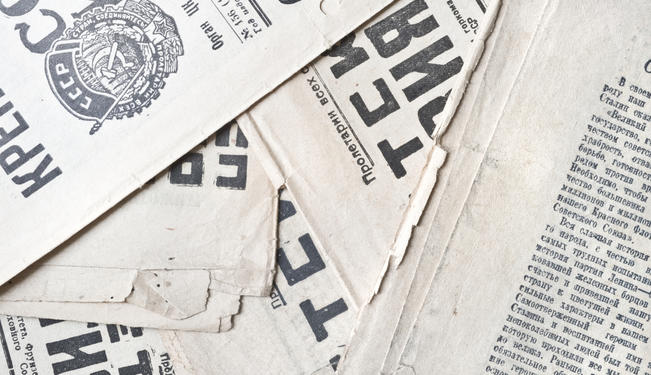
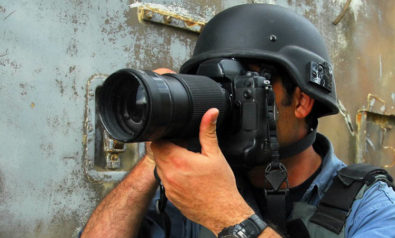
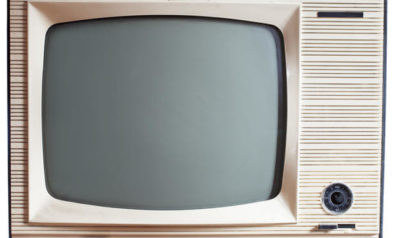





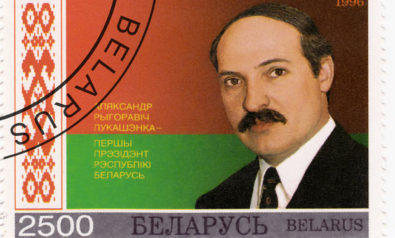

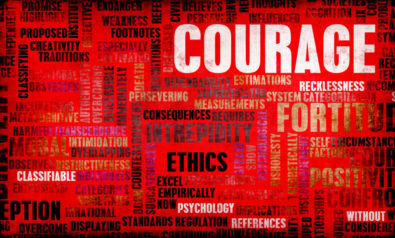
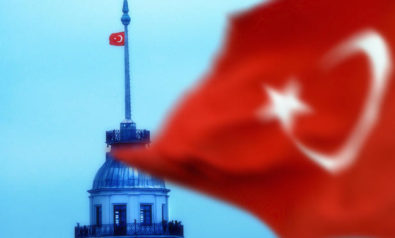
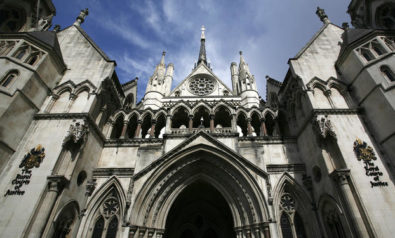

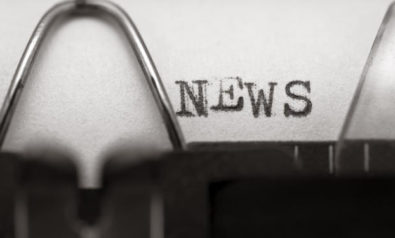

Comment